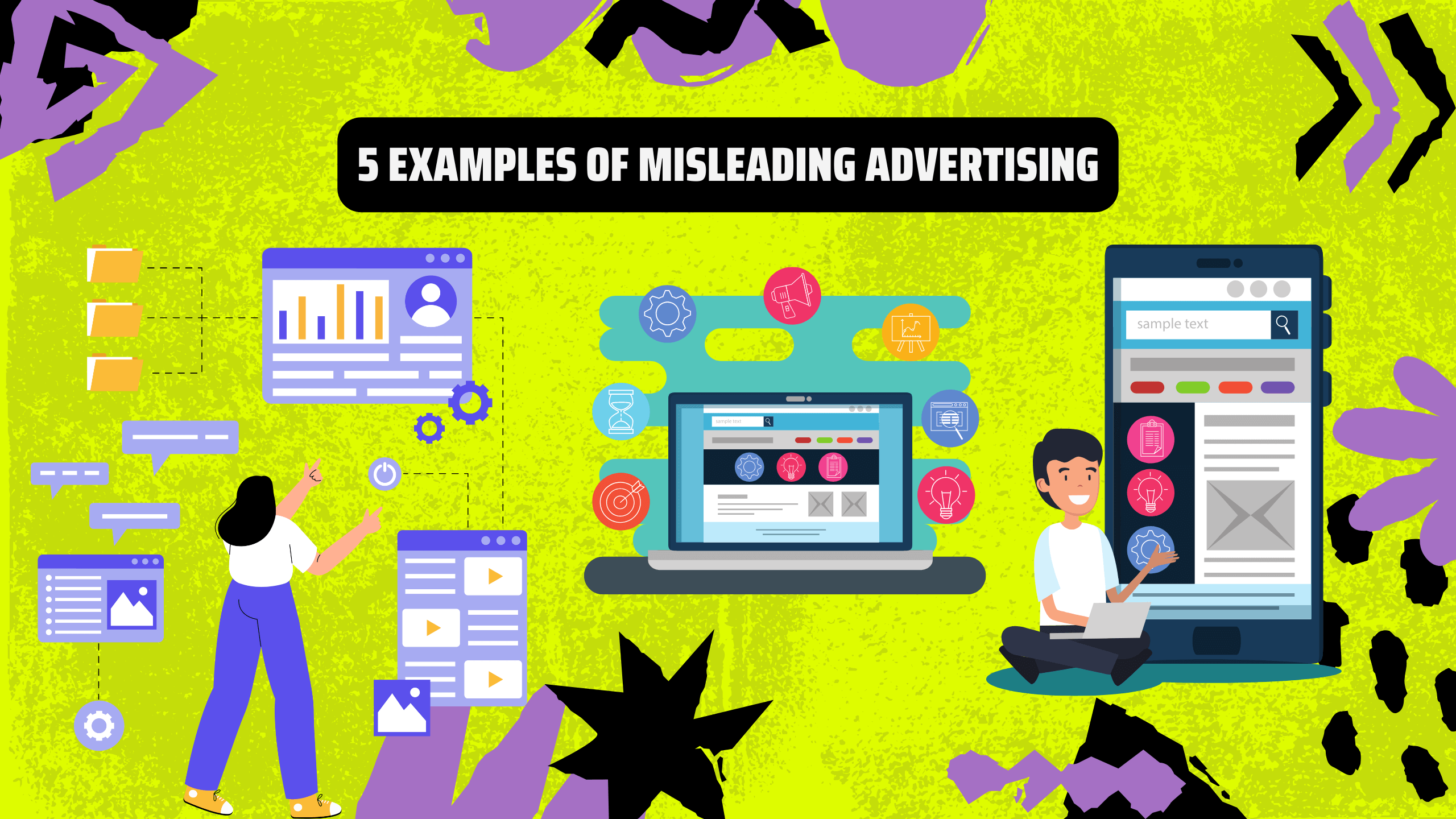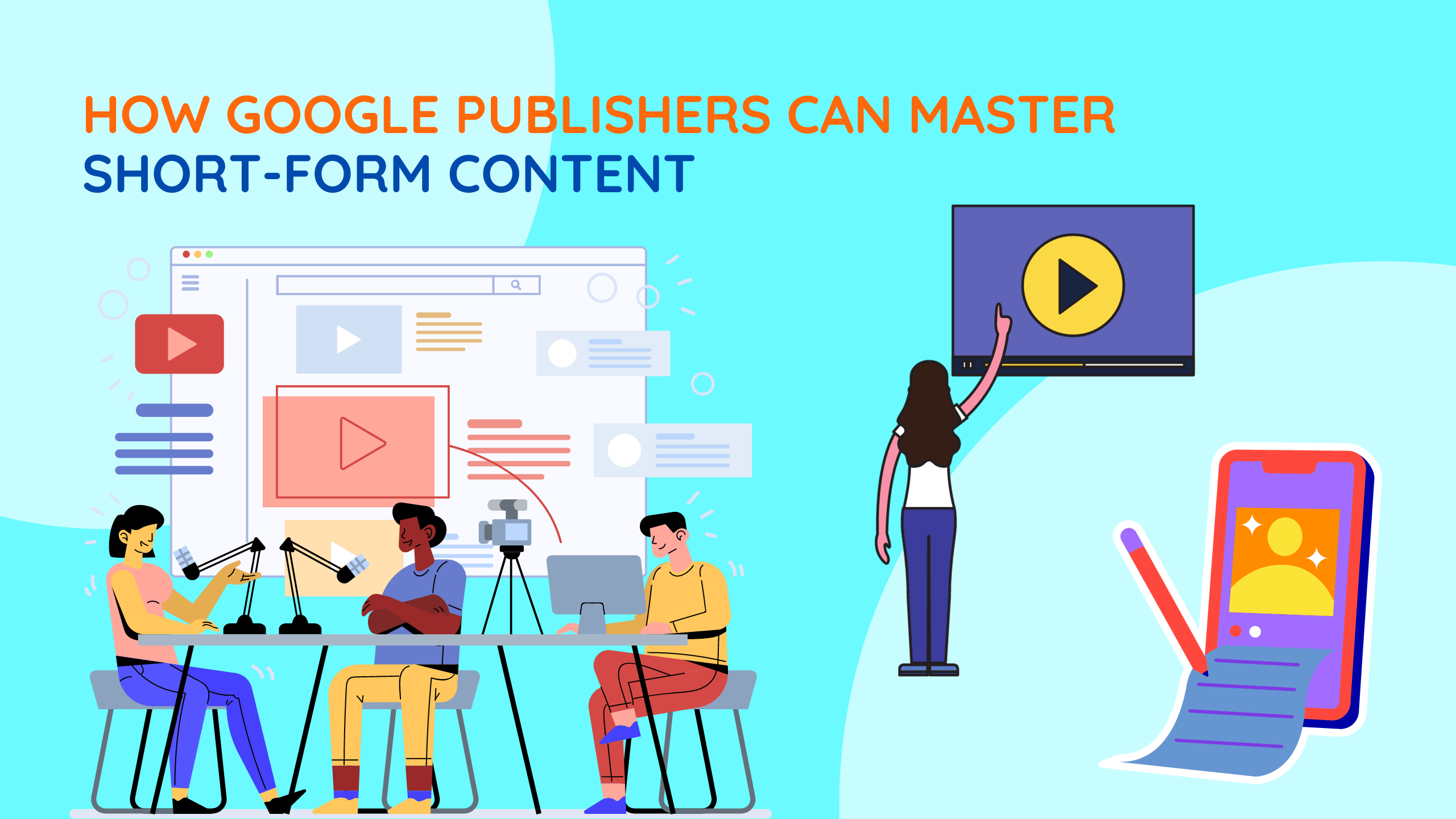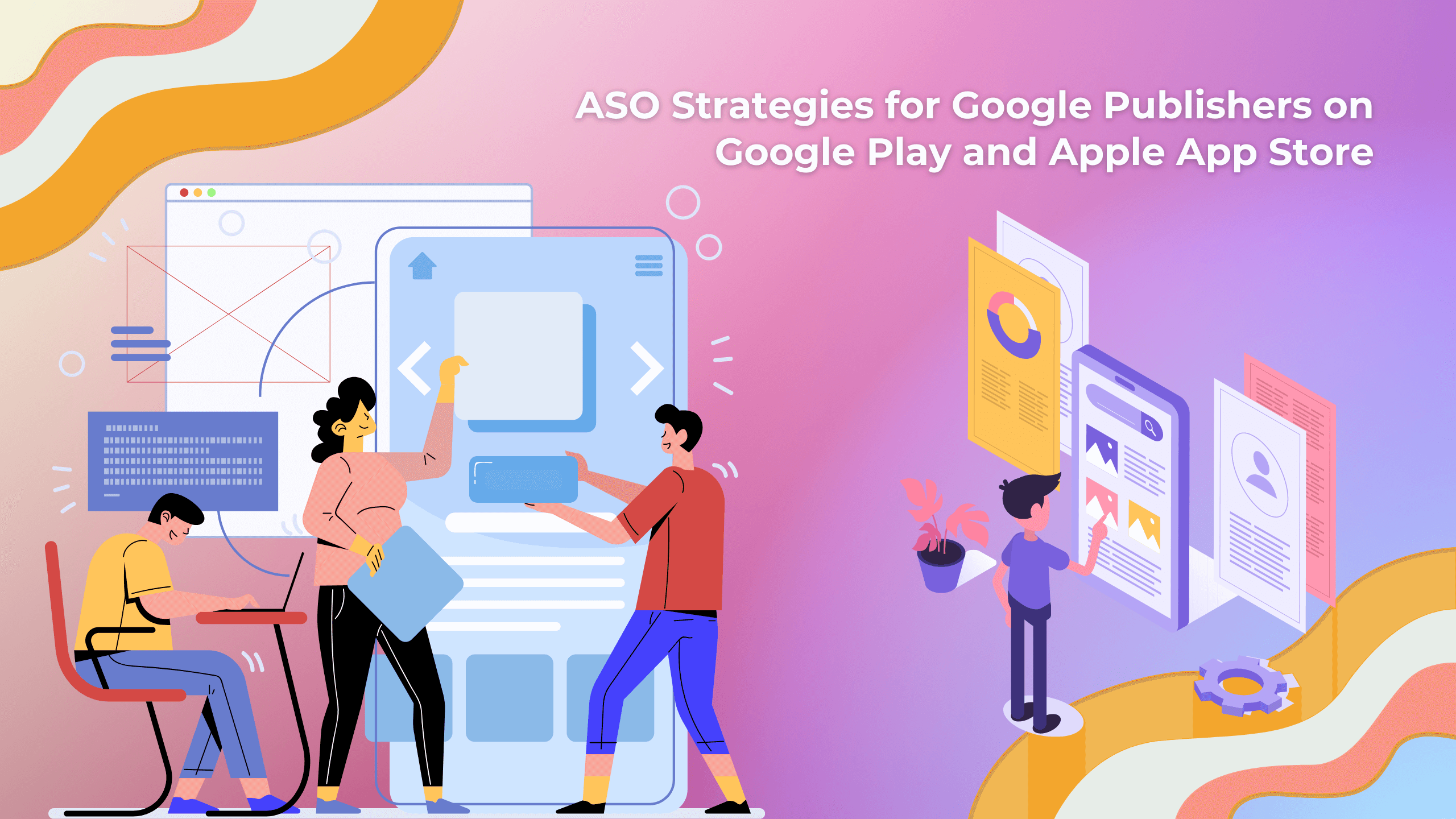In the ever-evolving realm of digital advertising, strategies that cut through the noise and resonate with consumers hold the key to success. Contextual advertising, a powerful approach that aligns advertisements with the content and context of a webpage, has emerged as a game-changing tactic. In this article, we delve into the nuances of contextual advertising, exploring its definition, functionality, advantages, and real-world examples that illuminate its potential.
I. Defining Contextual Advertising
Contextual advertising is a strategic form of digital advertising that aims to deliver ads that are highly relevant to the content and context of the webpage where they are displayed. Unlike traditional advertising which relies solely on audience demographics and user behavior, contextual advertising focuses on the immediate environment in which the ad is showcased. By analyzing the keywords, topics, and themes of the webpage, contextual advertising ensures that the ads seamlessly blend into the user’s browsing experience, enhancing engagement and driving higher click-through rates.
II. Example of Contextual Advertising
– Recipe Blogs and Cooking Equipment Ads:
Imagine you’re browsing a recipe blog for a new pasta dish. As you read through the recipe and cooking instructions, you notice ads displaying various kitchen gadgets, utensils, and cookware. These ads are contextually relevant, as they cater to your immediate interest in cooking and align with the content of the webpage.
– Travel Websites and Hotel Deals:
When you visit a travel website to research your next vacation destination, you encounter ads showcasing hotel deals, travel packages, and local attractions in the area you’re exploring. Contextual advertising in this scenario taps into your travel-related intent and provides you with options that are directly tied to your interests.

– News Articles and Political Campaign Ads:
As you read a news article discussing a political event or policy change, you might come across ads related to political campaigns, advocacy groups, or social issues. These ads are contextually relevant to the news content, delivering messages that align with the reader’s engagement with current affairs.
– Fitness Apps on Health and Wellness Blogs:
While reading a health and wellness blog that provides tips on maintaining an active lifestyle, you notice ads promoting fitness apps, exercise equipment, and workout attire. These ads cater to the reader’s interest in health and fitness, offering solutions that complement the content they are consuming.
In each of these examples, contextual advertising leverages the content’s themes and keywords to deliver ads that align with the user’s immediate interests. This approach not only enhances the user’s experience by providing relevant and valuable information but also increases the likelihood of engagement and conversion for advertisers.
III. How Contextual Advertising Works
The mechanism behind contextual advertising involves a sophisticated blend of technology and data analysis. Here’s how it works:
– Content Analysis:
Contextual advertising platforms scan the textual content of a webpage, deciphering keywords, phrases, and themes that define the subject matter.
– Keyword Mapping:
These platforms map the extracted keywords to predefined categories or topics. For instance, if the keywords include “travel,” “vacation,” and “destinations,” the content might be categorized under “Travel and Leisure.”

– Ad Matching:
Advertisers associate their ads with specific categories or topics during the campaign setup. When a user visits a webpage, the contextual advertising system matches the content’s category with the relevant ads.
– Ad Display:
The chosen ads are then displayed on the webpage, seamlessly integrating with the content and offering users valuable information that resonates with their current interests.
IV. Benefits of Contextual Advertising
Contextual advertising offers a plethora of advantages that make it a preferred choice for both advertisers and publishers:
– Enhanced Relevance:
By aligning ads with the immediate context, contextual advertising ensures that users are presented with content that is directly related to their current interests. This increases the relevance of the ads and boosts the likelihood of engagement.
– Improved User Experience:
As contextual ads complement the content, they enhance the overall user experience instead of disrupting it. This results in higher user satisfaction and reduced ad fatigue.
– Higher Click-Through Rates (CTR):
Relevance drives action. Contextually relevant ads are more likely to capture the user’s attention, leading to higher click-through rates and improved conversion rates.

– Precise Targeting:
Contextual advertising allows advertisers to target users based on their immediate needs and interests, ensuring that their message reaches the right audience at the right time.
– Brand Safety:
With contextual advertising, ads are displayed with relevant and appropriate content. This minimizes the risk of ads appearing alongside inappropriate or controversial material, safeguarding the brand’s reputation.
– Cost-Efficiency:
Advertisers can optimize their budgets by targeting specific content categories that align with their products or services, maximizing the ROI of their campaigns.
Conclusion
In an era where consumers are inundated with digital content, the ability to cut through the clutter and deliver ads that resonate has become paramount. Contextual advertising, with its ability to harmonize ads with the content and context of a webpage, has emerged as a potent tool for achieving this goal. By enhancing relevance, improving user experience, and driving higher engagement, contextual advertising is shaping the future of digital advertising, where the right message meets the right audience in the right context.











